Optimize Your Site: On-Page SEO Solutions Tailored for Success
What is On Page SEO
On-page SEO is the art of optimizing the elements within your website to improve search engine rankings and attract organic traffic. It’s like giving search engines clear instructions on what your content is about, making it easier for them to understand and present your website to users searching for relevant information.
Imagine on-page SEO as a conversation between your website and search engines. By optimizing title tags, headlines, content, images, and internal linking, you provide valuable clues about your webpage’s topic. This helps search engines like Google effectively match your content with user search queries.
But on-page SEO goes beyond just keywords. It’s also about creating a user-friendly experience. Fast loading speeds, clear website structure, and high-quality content all contribute to a positive user experience, which search engines value.
Think of it this way: If users find your website informative, engaging, and easy to navigate, they’re more likely to stay longer and explore further. This positive user behavior sends a signal to search engines that your website is a valuable resource, potentially boosting your ranking.
By strategically implementing on-page SEO techniques, you can increase your website’s visibility, attract qualified traffic, and achieve your online marketing goals.
On Page Services Include
Higher Intent Keyword Research That Has Less Competition and High Search Volume
Meta Tags For Better CTR
Sitemap Creation for Users and Search Engines
Higher Intent Keyword Research That Has Less Competition and High Search Volume
Meta Tags For Better CTR
Sitemap Creation for Users and Search Engines
Higher Intent Keyword Research That Has Less Competition and High Search Volume
Meta Tags For Better CTR
Sitemap Creation for Users and Search Engines
On Page SEO Keyword search overview

Keyword research is the foundation of SEO success. It involves identifying terms with high search volume and low competition that accurately reflect your target audience’s intent. As SEO experts, we leverage keyword research tools and expertise to uncover these hidden gems. By strategically integrating them into your website’s content and structure, we propel your ranking on Google, driving organic traffic and achieving your business goals.
Importance of keyword research in on page
Target Audience Insights:
Keyword research unlocks the search queries your ideal audience uses. This empowers you to tailor content that resonates with their needs.
Content Strategy Foundation:
By identifying relevant keywords, you build a data-driven content plan that attracts organic traffic.
Improved Search Ranking:
Strategic keyword integration signals relevance to search engines, boosting your website's ranking on Google.
Competitive Advantage:
Keyword research reveals competitor strategies, allowing you to target niche terms and gain a search engine edge.
Measurable Results:
Tracking keyword performance helps you understand what resonates with your audience and optimize your SEO efforts.
On Page SEO Techniques
Identify the target audience and understand their search behavior.
Brainstorm a list of keywords that are relevant to the website’s content.
Analyze the competition and identify the gaps in the market.
Meta tag optimization
Meta tag optimization is the art of crafting compelling descriptions for your website’s pages. These snippets, invisible to visitors, act like billboards to search engines. By incorporating relevant keywords and crafting enticing descriptions, you increase your website’s click-through rate and search ranking potential. Think of it as writing mini-ads that convince search engines your content perfectly answers users’ queries.
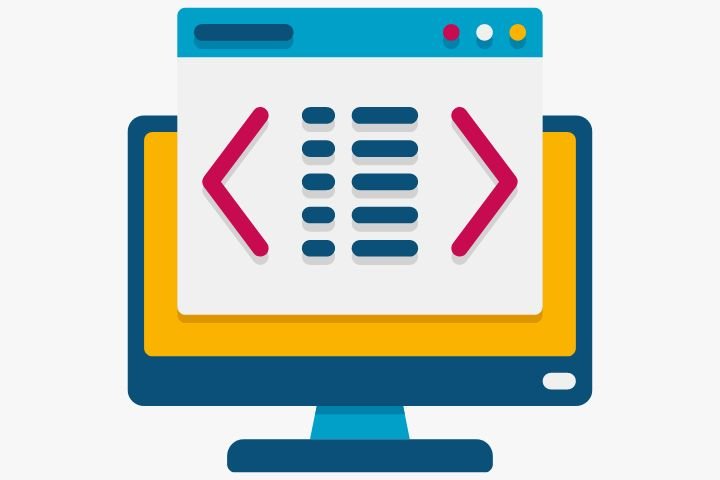
Importance of meta tag in on page
Meta tags act as behind-the-scenes communicators for your website, influencing both search engines and users. They provide concise descriptions of your content, helping search engines understand your page’s relevance for specific searches. Well-crafted meta tags, particularly titles and descriptions, can improve your click-through rate in search results by enticing users with clear and compelling summaries of your content.
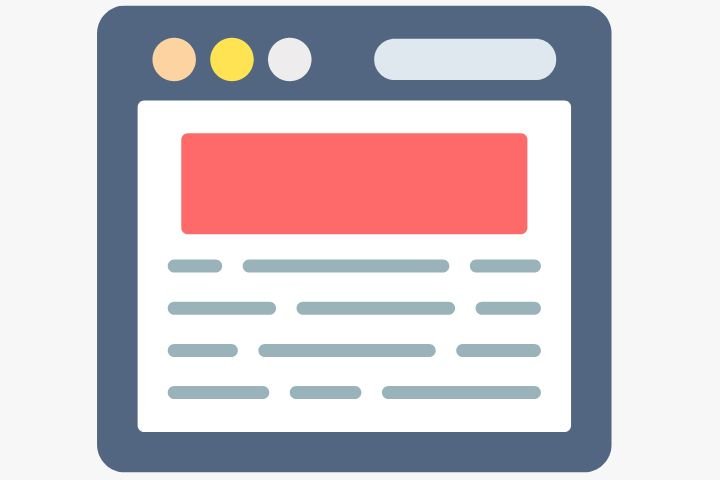
Headline tag optimization
Headline tag optimization is the art of crafting compelling titles that grab user attention and signal relevance to search engines. Optimized headlines serve a dual purpose: they entice users to click on your webpage in search results while informing search engines about your content’s topic. This increases click-through rates (CTR) and improves your website’s ranking potential. To achieve this, focus on incorporating relevant keywords at the beginning of your headline. Keep it concise (ideally under 60 characters) and prioritize clarity over keyword stuffing. Consider including power words that evoke curiosity or urgency. Remember, your headline is often the first impression users have of your content, so make it count!
Here Is How We Optimize Your Website’s Headings For Better SEO
Use H1 tag for main headings:
The H1 tag should be used for the main heading of the webpage and should include the primary keyword that the webpage is targeting. This helps search engines understand the topic of the page and can improve its relevance and ranking.
Use H2-H6 tag for main headings:
The H1 tag should be used for the main heading of the webpage and should include the primary keyword that the webpage is targeting. This helps search engines understand the topic of the page and can improve its relevance and ranking.
CSS Styling:
The H1 tag should be used for the main heading of the webpage and should include the primary keyword that the webpage is targeting. This helps search engines understand the topic of the page and can improve its relevance and ranking.
Alt text optimization
Alt text optimization is a win-win for SEO and accessibility. Descriptive alt text helps visually impaired users understand your content through screen readers, while also informing search engines about your images. Focus on including relevant keywords naturally, but prioritize clarity over keyword stuffing. Aim for concise descriptions that accurately convey the image’s content. Don’t forget to leverage image filenames; descriptive file names containing relevant keywords further enhance SEO. By optimizing alt text, you improve user experience, accessibility, and search engine ranking for your website’s images.
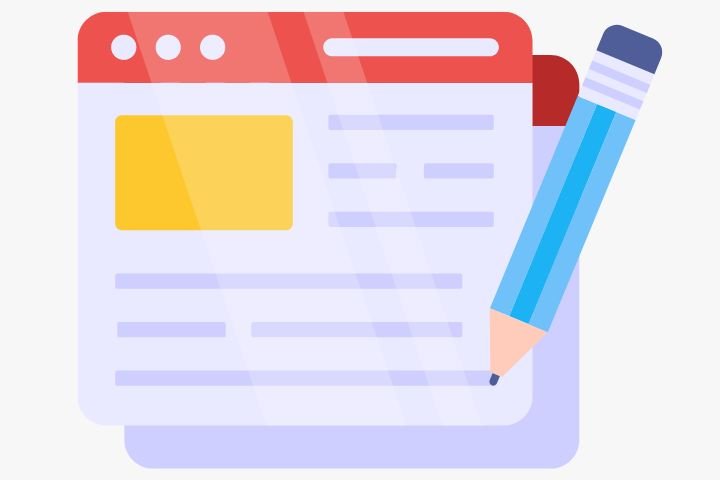
Here is How We Optimize Your Images For Better On Page SEO
Use descriptive text:
The H1 tag should be used for the main heading of the webpage and should include the primary keyword that the webpage is targeting. This helps search engines understand the topic of the page and can improve its relevance and ranking.
Keep it concise:
The H1 tag should be used for the main heading of the webpage and should include the primary keyword that the webpage is targeting. This helps search engines understand the topic of the page and can improve its relevance and ranking.
Use relevant keywords:
The H1 tag should be used for the main heading of the webpage and should include the primary keyword that the webpage is targeting. This helps search engines understand the topic of the page and can improve its relevance and ranking.
Be mindful of context:
The H1 tag should be used for the main heading of the webpage and should include the primary keyword that the webpage is targeting. This helps search engines understand the topic of the page and can improve its relevance and ranking.
Don’t leave it blank:
The H1 tag should be used for the main heading of the webpage and should include the primary keyword that the webpage is targeting. This helps search engines understand the topic of the page and can improve its relevance and ranking.
Use proper formatting:
The H1 tag should be used for the main heading of the webpage and should include the primary keyword that the webpage is targeting. This helps search engines understand the topic of the page and can improve its relevance and ranking.
Internal Linking Optimization
Internal linking optimization is the strategic placement of links within your website that connect relevant pages. This benefits both SEO and user experience. From an SEO perspective, internal links distribute authority (think PageRank) throughout your site, boosting the ranking potential of important pages. They also help search engines understand your website’s structure and navigate all your content. For users, internal links offer a seamless journey, keeping them engaged by pointing them to related content that deepens their understanding or fulfills a specific need. By strategically optimizing your internal linking, you can improve your website’s SEO performance and user experience, leading to higher search rankings and a more engaged audience.
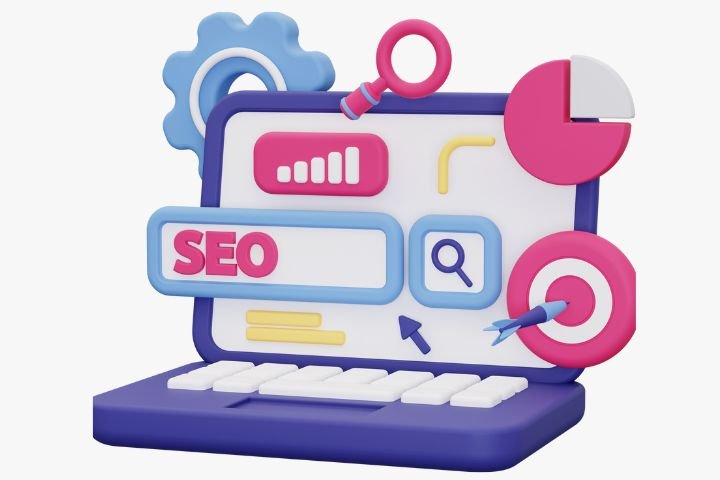
How Do We Optimize Websites For Better On-Page SEO Scores?
At Multifame Technologies, we take a data-driven approach to on-page SEO optimization, ensuring your website ranks high in search results. Our SEO experts meticulously research relevant keywords with high search volume and integrate them seamlessly into your website’s content, title tags, and meta descriptions. We optimize page structure for clarity and crawlability by search engines. Our focus extends beyond content, ensuring fast loading speeds and a mobile-friendly experience. This comprehensive approach leads to improved on-page SEO scores, boosting your website’s organic visibility and attracting your target audience.
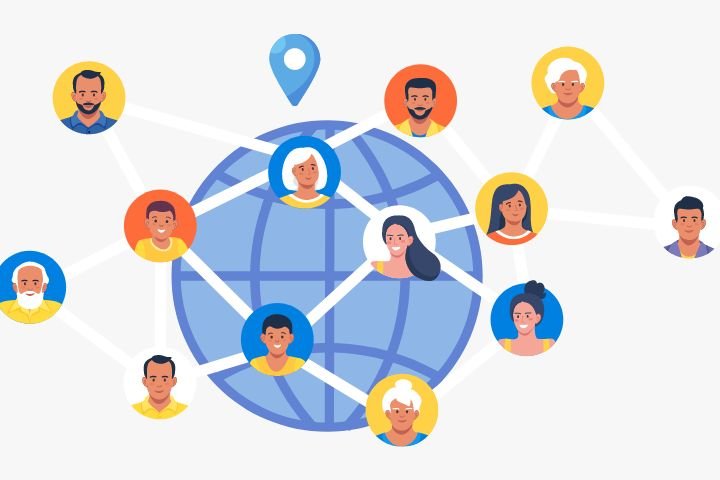
why On Page SEO is Important
On-page SEO is the optimization of individual web pages to rank higher and attract more relevant traffic from search engines. It encompasses various elements that influence a search engine’s understanding of your content and its value to users. Strong on-page SEO ensures your website speaks the language search engines use to rank pages. This includes optimizing title tags, meta descriptions, header tags, and image alt text with targeted keywords. Multifame Technologies, as your SEO partner, can help you navigate this process. Our experts will conduct thorough keyword research to identify those with high potential and integrate them seamlessly into your website’s content. We’ll craft compelling titles and descriptions that entice users to click while effectively communicating your value proposition to search engines. Furthermore, we’ll optimize your website’s structure and internal linking to ensure search engines can easily crawl and index all your pages. By prioritizing on-page SEO with Multifame Technologies, you’ll lay a strong foundation for your website’s success in search rankings, attracting organic traffic and achieving your business objectives.
On Page SEO FAQ
On-page SEO refers to the optimization efforts made directly on a website to improve its search engine visibility and ranking. This includes optimizing content, meta tags, headings, images, and internal links to make the website more relevant and authoritative for specific keywords or topics. By enhancing on-page elements, websites can better communicate their relevance to search engines, thereby increasing their chances of ranking higher in search results.
Key elements of on-page SEO include optimizing meta tags (such as title tags and meta descriptions), creating high-quality and relevant content, using descriptive URLs, optimizing heading tags (H1, H2, etc.), incorporating strategic keyword placement, optimizing images with alt tags, ensuring fast website loading speed, and improving overall user experience (UX). These elements collectively help improve a website's visibility and ranking on search engine results pages (SERPs).
On-page SEO focuses on optimizing elements within your website, such as content, HTML tags, and site structure, to improve search engine rankings. Off-page SEO involves activities conducted outside of your website, like link building and social media marketing, to enhance its authority and relevance. Both are crucial for improving search engine visibility and driving organic traffic to your site.
Some best practices for on-page SEO include optimizing your titles, meta descriptions, and headers with relevant keywords, creating high-quality, valuable content, optimizing images with descriptive filenames and alt text, ensuring fast page loading speed, using internal linking to connect related content, and making your website mobile-friendly. Additionally, optimizing URL structures and including structured data markup can improve search engine visibility and user experience.
On-page SEO is crucial because it helps search engines understand the content of your website and its relevance to user queries. By optimizing on-page elements such as keywords, meta tags, headings, and content structure, you can improve your website's visibility in search engine results pages (SERPs), attract more organic traffic, and enhance user experience.
